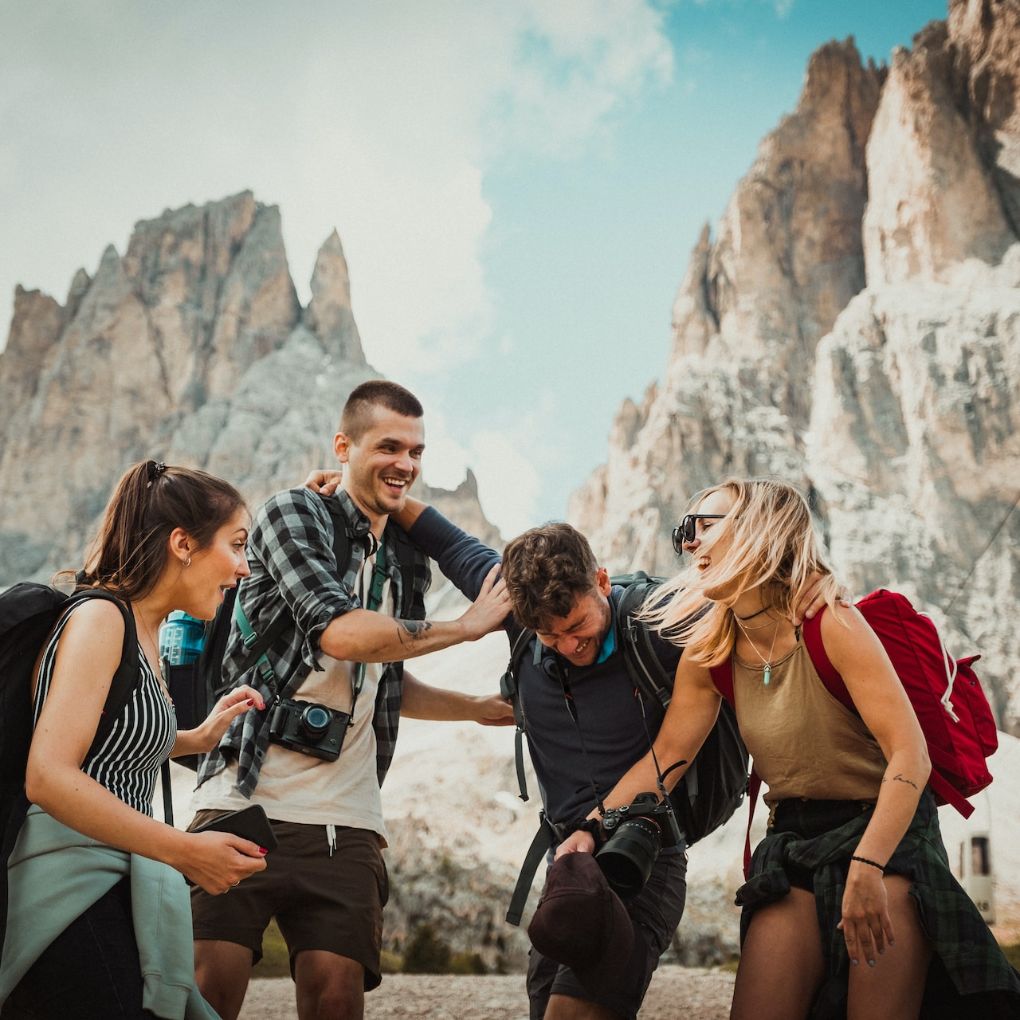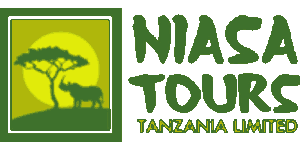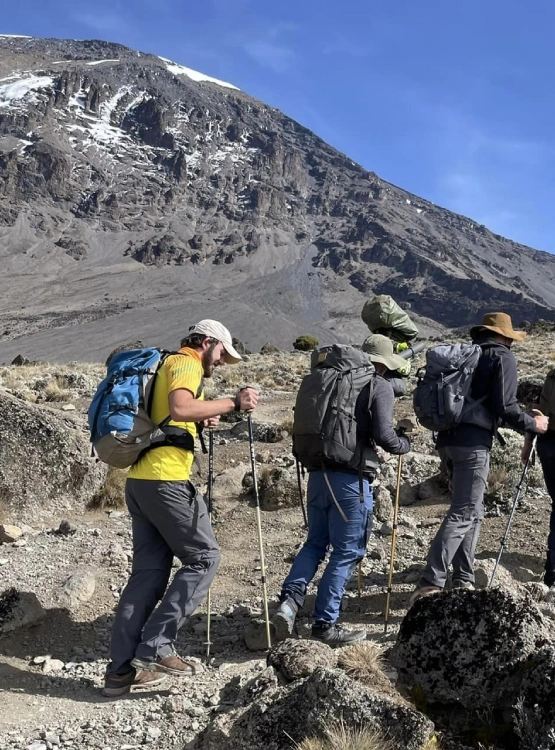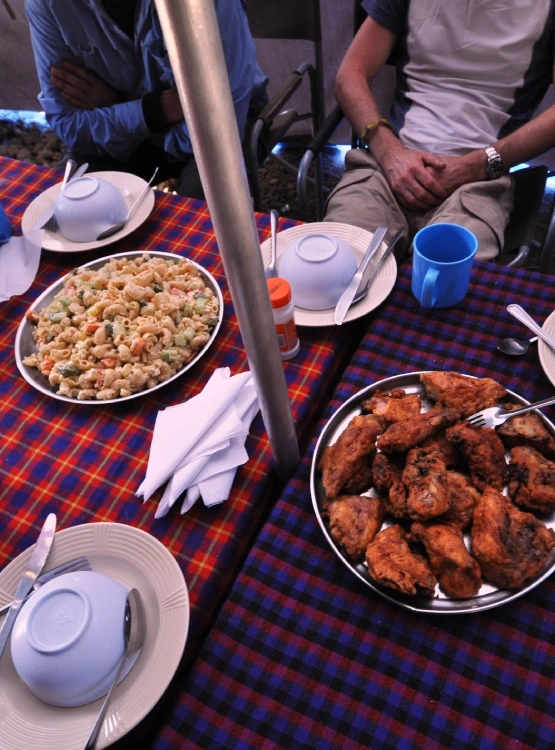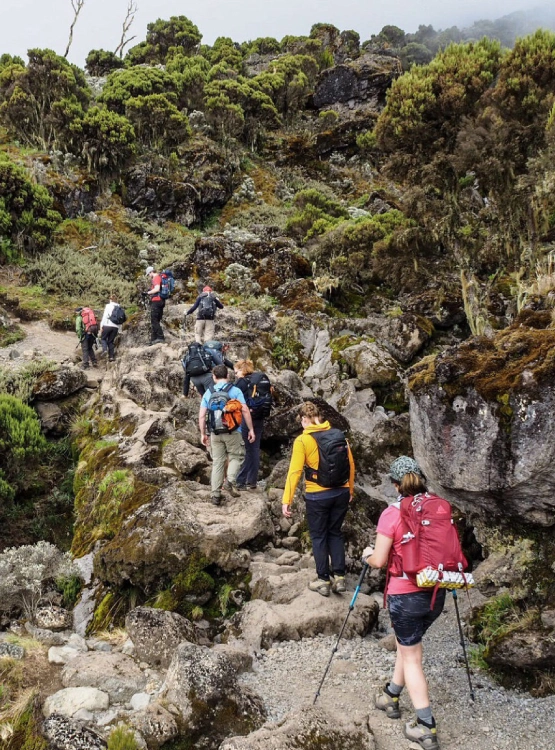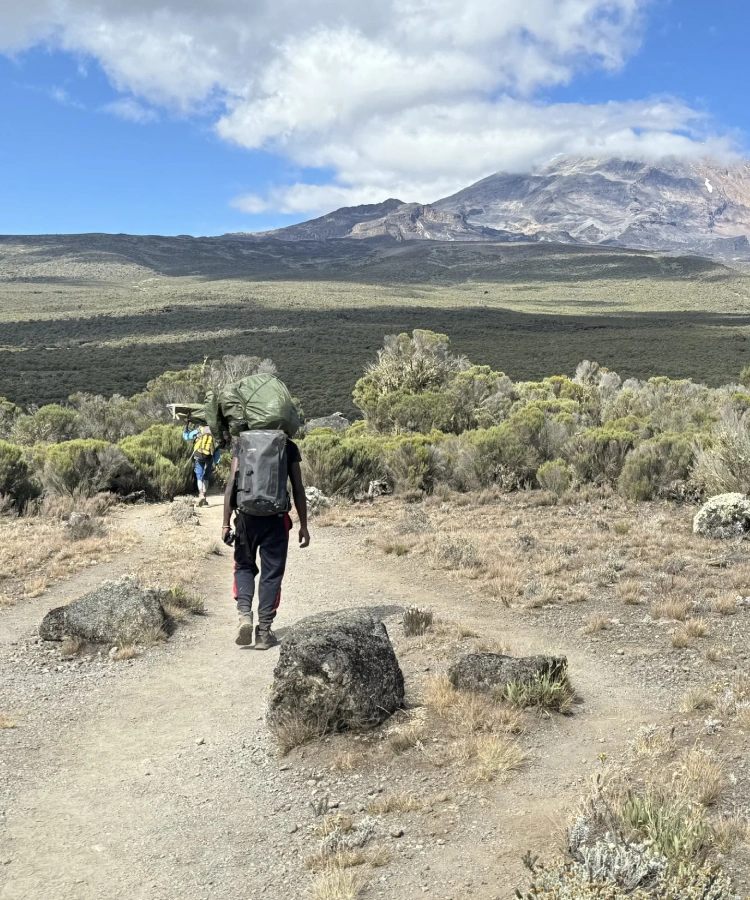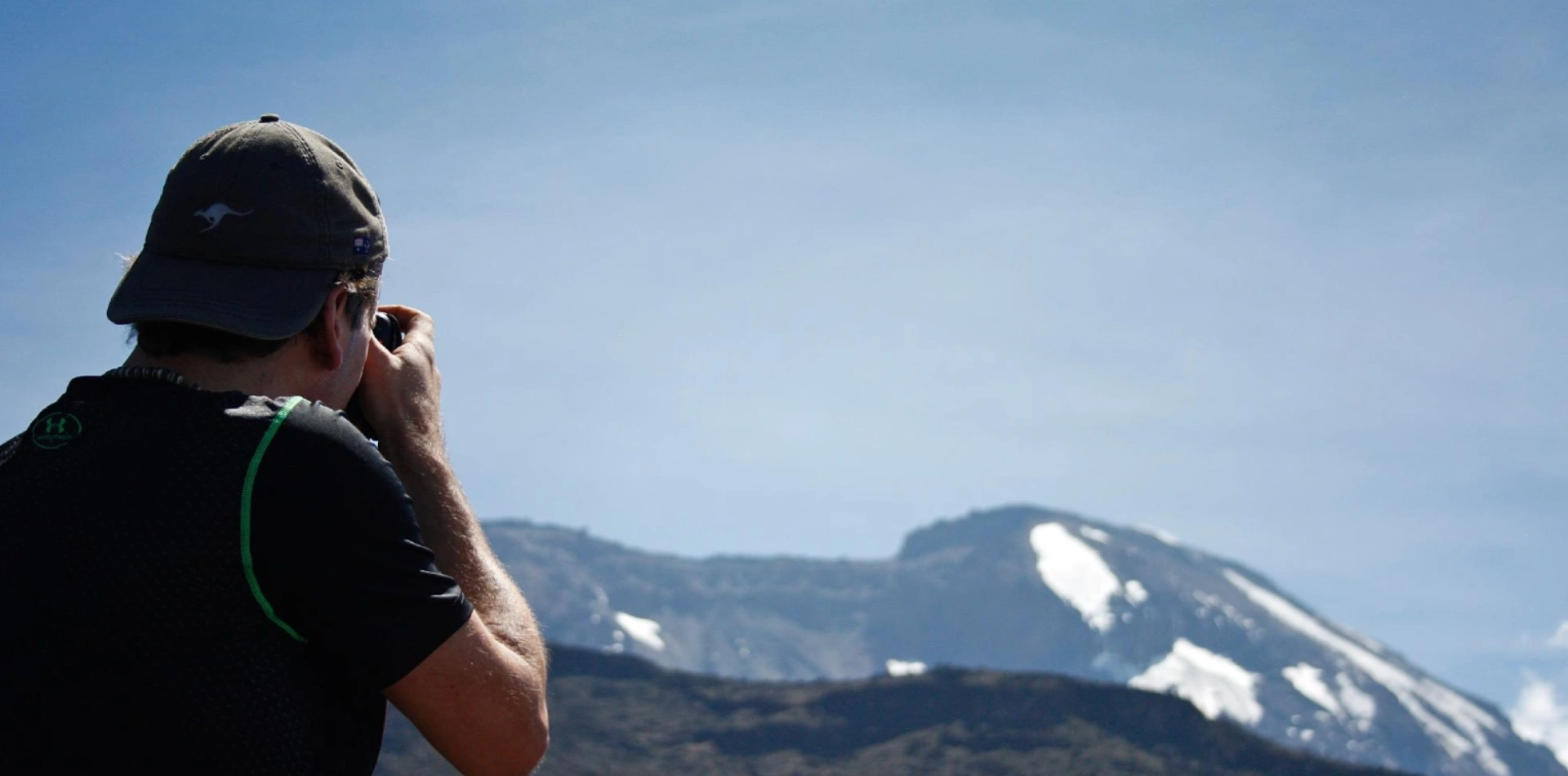
Electronic Gadgets on Kilimanjaro
Essential Gadgets to Enhance Your Kilimanjaro Experience
When preparing for Climbing Mount Kilimanjaro, carefully selecting electronic gadgets is crucial to enhance your experience and ensure safety. Choosing the right Electronic Gadgets on Kilimanjaro trek is crucial for both safety and enjoyment. When packing for the trek, focus on gadgets that offer practical value—like a fully charged power bank, headlamp, or camera to capture the stunning landscapes.
A power bank is essential since charging opportunities are limited on the mountain. A high-quality headlamp is a must for early morning starts and night-time visibility. Don’t forget a camera or smartphone to document your journey; just ensure it’s well-protected from the elements. Enjoy the Kilimanjaro Climb, stay safe, and capture unforgettable memories! Climb Smart. Stay Powered. This Niasa Tours Guide helps you choose the right Electronic Gadgets for Kilimanjaro—ensuring you capture memories, stay safe, and manage limited power efficiently on your mountain journey.
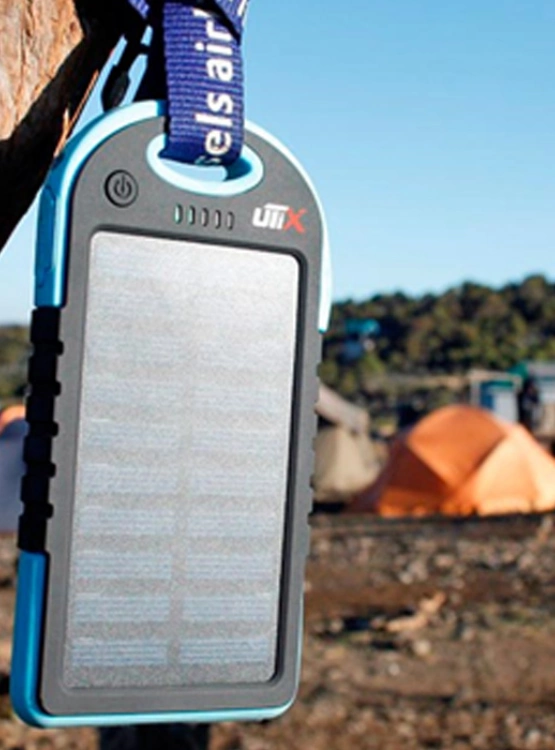
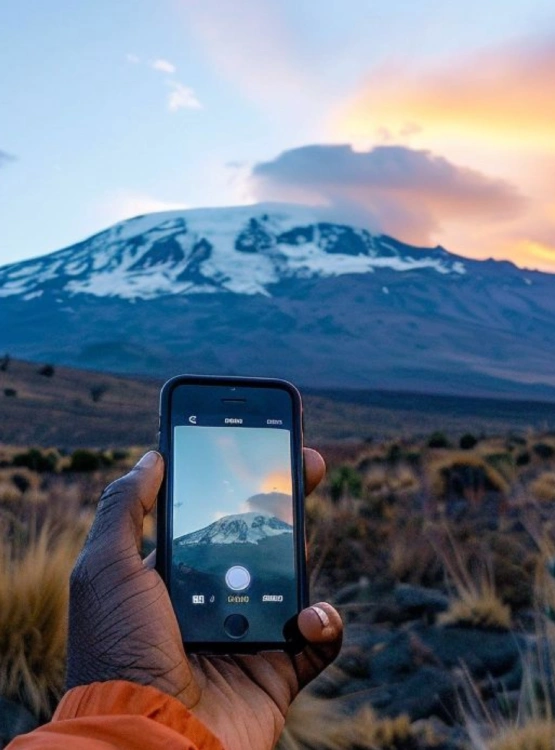
Choose The Right Gadgets for Kilimanjaro Trekking
Ensure a successful Kilimanjaro Trek by choosing the right gadgets. Pack a reliable power bank, headlamp, and camera to stay connected, capture memories, and navigate the mountain with ease and safety.
Power Bank
A reliable power bank is crucial to keep your gadgets charged throughout the climb, ensuring you stay connected and ready.
Headlamp Essential
Pack a durable headlamp for early morning and night climbs, allowing you to navigate Kilimanjaro safely and efficiently in low light.
Camera Gear
Capture stunning moments of your Kilimanjaro adventure. A compact, weatherproof camera will help you document the journey’s beauty.
Battery Management
Ensure your gadgets last by managing battery life carefully. Use power-saving settings, and charge devices only when necessary to conserve energy.
Let’s Explore and Experience
Let’s explore Tanzania together—where every journey is crafted with care, and every moment brings you closer to nature, culture, and adventure. From the Serengeti to Zanzibar, we’re here to guide your unforgettable experience with passion, warmth, and local expertise.
We make it easier for everyone to experience the world
Ready to explore Tanzania’s natural wonders? We’re here to help! Whether you’re planning a once-in-a-lifetime safari or a peaceful nature escape, our team makes travel easy and personal. Reach out today—let’s turn your dream of exploring Tanzania and beyond into reality. We make it easier for everyone to experience the world, one journey at a time. Contact us today!
Need I help? Talk to an Expert
+255767493713 +255690129757
Mountain Climbing FAQs
Discover essential information for climbing Tanzania’s iconic peaks—Mount Kilimanjaro, Mount Ol-Donyo Lengai, and Mount Meru. Learn about the best seasons, difficulty levels, required permits, gear recommendations, and safety tips. Whether you’re a first-time climber or experienced mountaineer, these FAQs provide guidance to help you prepare, stay safe, and make your mountain adventure unforgettable.
Climbing Kilimanjaro is challenging but achievable for fit individuals. It doesn't require technical skills, but altitude and endurance are key factors. Choosing a longer route improves acclimatization and success. Mental preparation, physical fitness, and proper gear make a big difference in your summit experience.
The best times are during dry seasons—January to March and June to October. These months offer clear skies, better trail conditions, and higher success rates. Avoid the rainy seasons for safety and comfort. Early booking is also advised due to route popularity.
Yes, Mount Meru is ideal for acclimatization before Kilimanjaro. It reaches 4,566 meters and offers great altitude training. The trek includes wildlife encounters and scenic ridges, preparing your body for Kilimanjaro’s higher elevation and reducing chances of altitude sickness significantly.
Yes, guided climbs are mandatory for both Kilimanjaro and Mount Meru. Guides ensure your safety, manage logistics, and provide expert support. Their local knowledge enhances your journey. On Mount Meru, park rangers accompany all trekkers due to wildlife presence in the area.
Ol Doinyo Lengai is the only active natrocarbonatite volcano in the world, revered by the Maasai as the “Mountain of God.” The steep climb is rewarded with unique lava flows, spiritual significance, and sunrise views over Lake Natron and the Great Rift Valley.
Altitude sickness can affect anyone above 2,500 meters. Symptoms include headache, nausea, and fatigue. To reduce risk, climb slowly, stay hydrated, and acclimatize properly. Longer itineraries on Kilimanjaro and a Mount Meru pre-climb significantly boost altitude adaptation and summit success.
You’ll need layered clothing, waterproof outerwear, sturdy hiking boots, sleeping gear (for Kilimanjaro and Meru), headlamp, trekking poles, and hydration packs. For Ol Doinyo Lengai, include lightweight but grippy footwear and breathable clothing due to its steep, dusty volcanic terrain.
What Customers Say About Us
